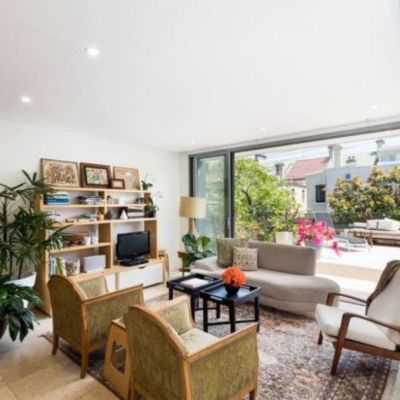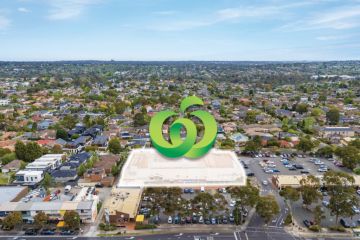The popular strategy Canberra first-home buyers are taking on
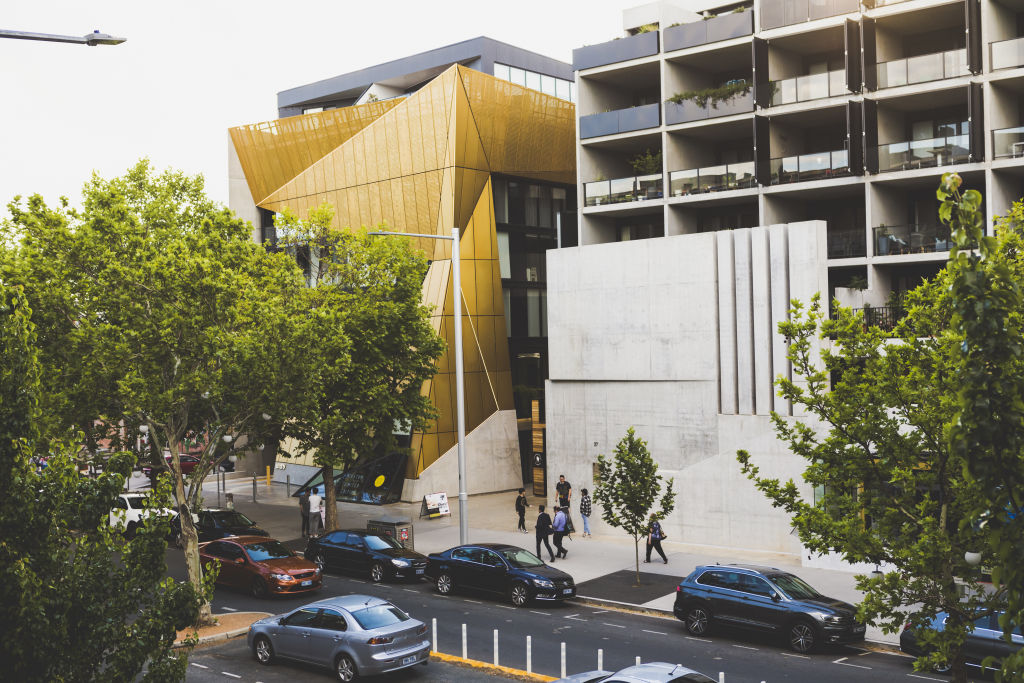
Rentvesting has become an increasingly popular strategy for first-home hopefuls as the great Australian dream is pushed further away amid Canberra’s booming property market.
The latest Domain House Price Report, released this month, showed Canberra’s median price for houses was $1,124,952, while units were $564,984. For some context, the 5 per cent deposit needed to buy a house would be $56,248, and $28,249 to purchase a unit.
This has made rentvesting a more feasible option for aspiring homeowners.
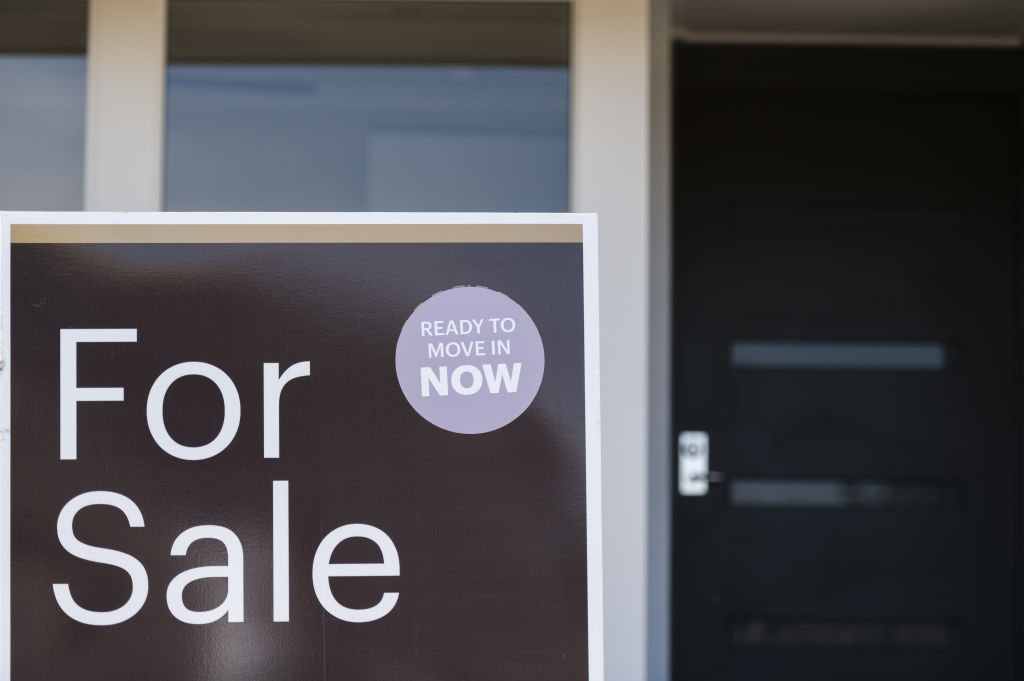
For those who’ve not come across rentvesting before, it’s the practise of purchasing an investment home while renting elsewhere, and has long been touted as an option for first-home buyers hoping to get a foot in the property door.
The strategy works best if the home is bought in an affordable area with a high rental yield.
Unlike purchasing a home with the intent of living in it, which is often driven by emotion, rentvesting helps to build a property portfolio by making smart investment decisions. It allows owners to live in the area of their choice without needing to make a large financial commitment.
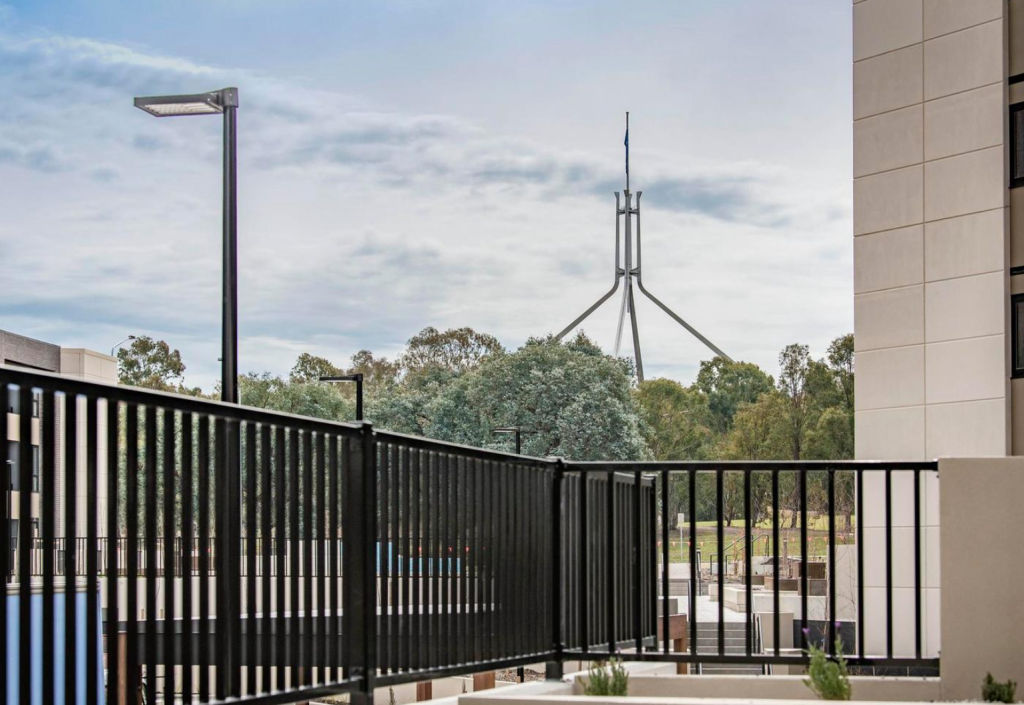
For many, it’s a stepping stone into the property landscape and is only a short-term decision. It’s also become quite popular for Canberrans because it’s more affordable to rent in high-end suburbs than to purchase.
Natalie Runko, a former rentvestor, can’t recommend the strategy enough.
“I purchased a one-bedroom apartment in Braddon many years ago for $315,000, then moved to Prahran in Melbourne, quite central and near Melbourne’s CBD,” she says.
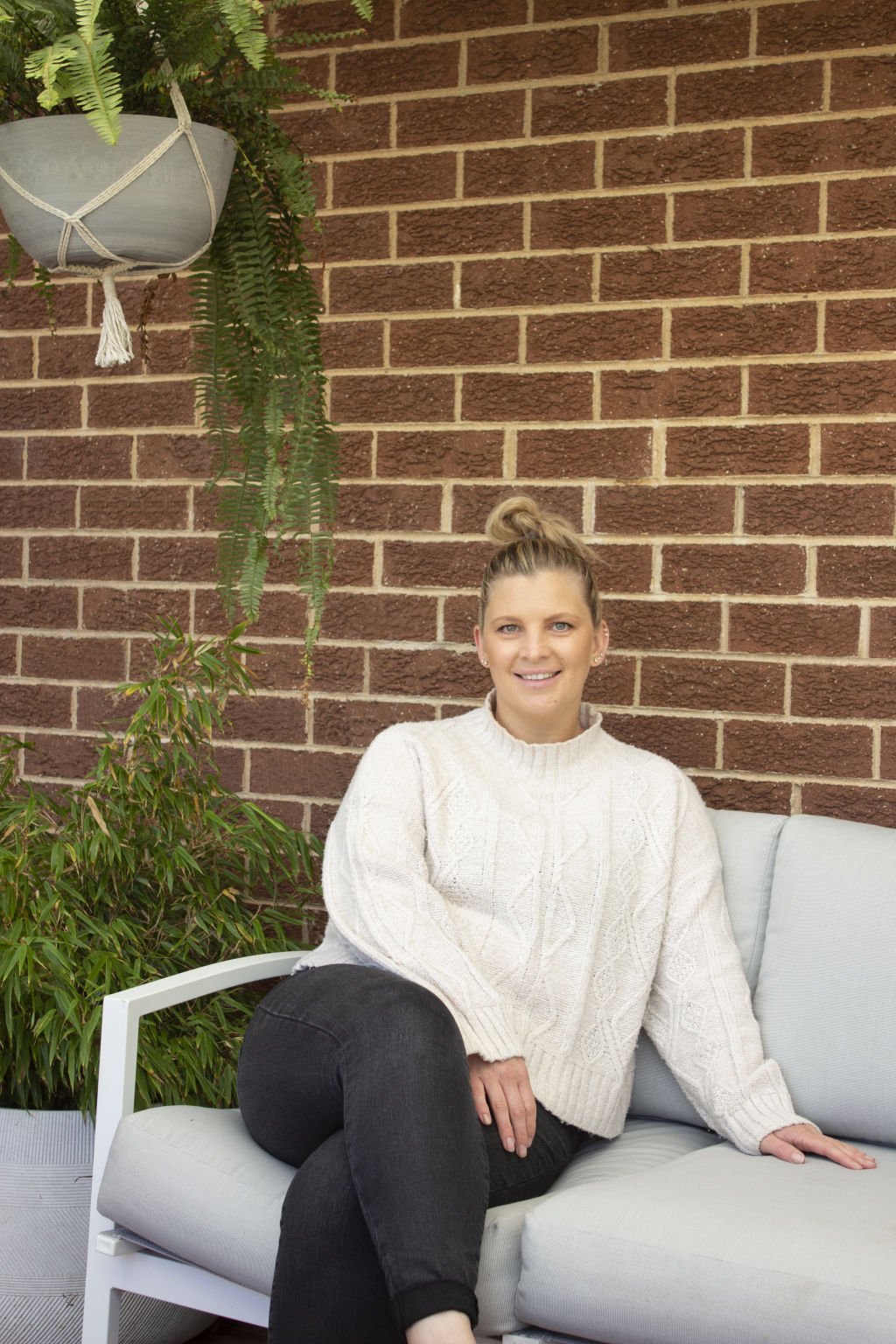
“I was renting a two-bedroom apartment for $430 per week with a friend.
“At the time, there was a lot of development happening in Braddon there so I knew there’d be a lot of growth in the future and I knew I’d get a tenant in there straight away.”
According to the latest Domain Rent Report, Braddon’s median asking rent for a unit is $550 per week, up 10 per cent year-on-year, with a median rental yield of 5.51 per cent.

“Rentvesting allowed me to have a home and a good return on investment while also being able to live wherever and however I wanted … I was better off financially by doing that,” Runko says.
“I eventually moved back to Canberra and used the equity of that apartment to buy our family house … so it’s definitely a strategy that worked for me and my family.”
Domain chief of research and economics Nicola Powell says Canberra is an attractive option for prospective investors, particularly because of the city’s “extremely tight” rental vacancy rates.
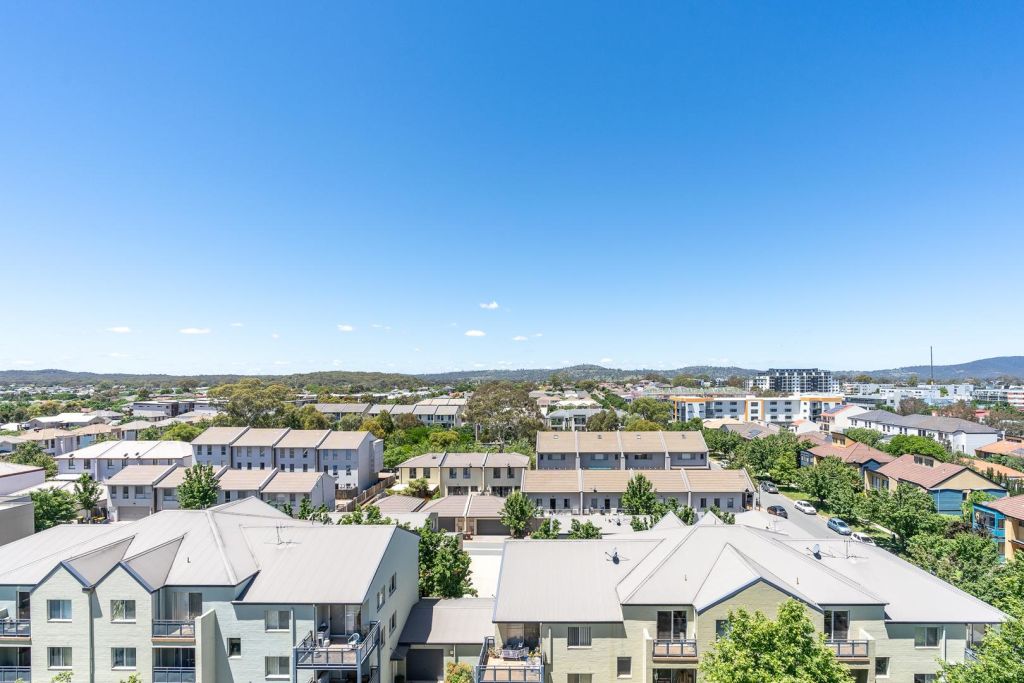
“Investment activity is on the rise as future equity growth is chased for houses and unit gross yields are attractive,” Dr Powell says.
With a heightened supply of developments across the capital, particularly new apartments close to Canberra’s town centres, such as Woden Green in Woden, rentvesting has become a more attractive option for potential first-home buyers, says Wayne Harriden of Independent Project Marketing.
“They’re more affordable and have a lot of amenities; some have a gym, pool and communal areas,” he says. “The apartments themselves are also quite modern, including the appliances and heating systems.

“Coupled with this is the fact that new developments need very little maintenance works for a few years so there isn’t much to worry about.
“This has drawn a lot of investors and first-home-buyer rentvestors into the market. It’s a smart way to get into the market.”
Harriden says rentvestors should be familiar with the pros and cons of the strategy.
“I’m an investor and a homeowner and there are ups and downs on both ends, so it’s up to each person to plan what works best for them.”
We recommend
States
Capital Cities
Capital Cities - Rentals
Popular Areas
Allhomes
More
- © 2025, CoStar Group Inc.
